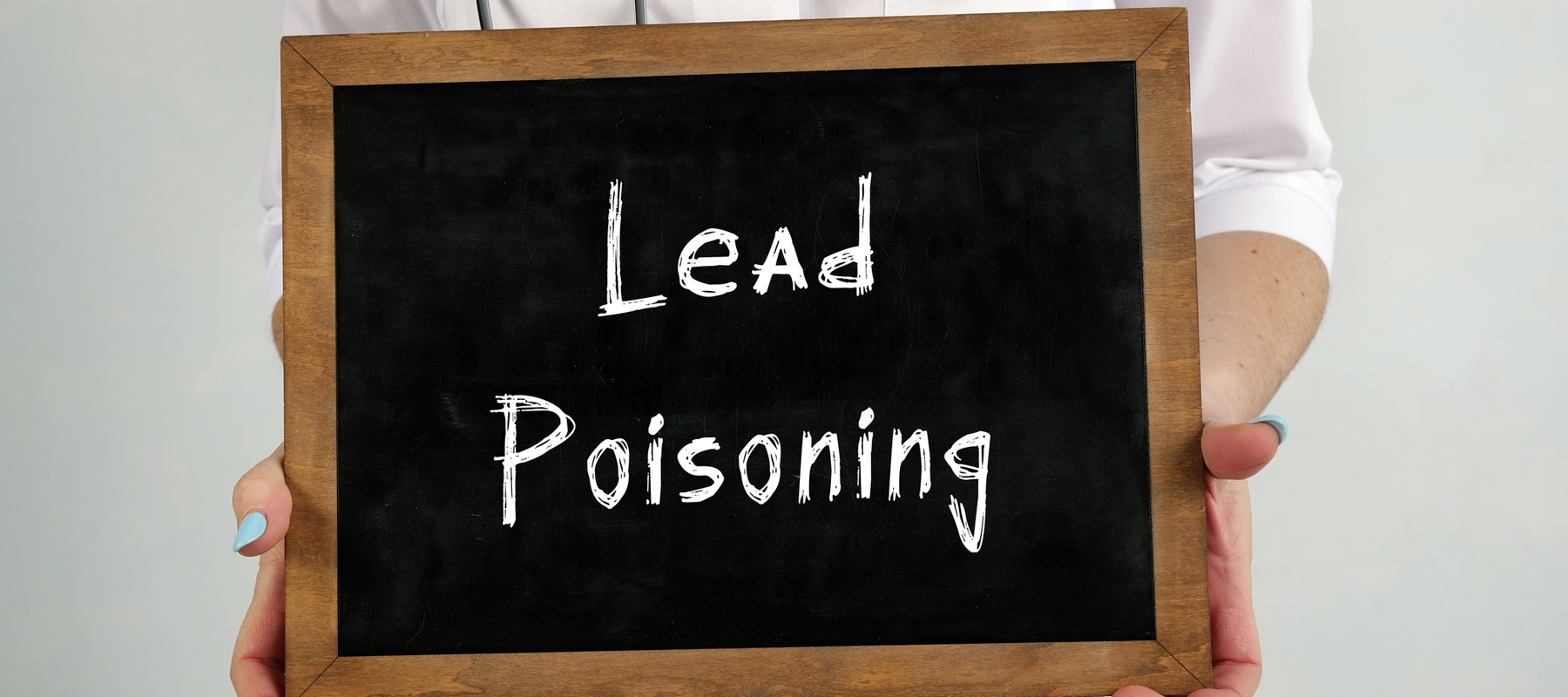DIY vs Professional: Your Guide to Lead Based Paint Testing Costs
Last Updated: October 03, 2023

Fact Checked By: Ryan Maguire
On This Page
Lead-based paint was banned in 1978 and lead plumbing materials were prohibited in 1986. Unfortunately, lead is not a problem that simply goes away on its own. Although lead can be harmless if undisturbed it has the potential to cause serious health risks, especially to children. A home lead test kit is a good first step in identifying a lead problem. If the results come back positive, it's recommended that you hire a certified lead inspector to determine the full scope of the problem.
Does My Home Have Lead Paint? #
Homes built prior to 1978 are likely to contain lead-based paint. According to the Environmental Protection Agency (EPA):
- 87% of pre-1940 contain lead-based paint;
- 69% of homes built between 1940-1959 contain lead-based paint
- 24% of homes built between 1960-1977 contain lead-based paint
Lead can also be present in drinking water, soil and dust, and toys. Because lead is so toxic to children (in fact, the Center for Disease Control and Prevention [CDC] lowered the lead poisoning limit for children), if you have kids, have them tested for lead before moving on to home testing.
Knowing whether your property contains lead paint is particularly important if you plan on remodeling or even sanding. Home sellers, lessors, buyers, or renters may also be interested in lead testing. Whatever your specific reason for testing, here's how to proceed:
How Much Does Lead Paint Testing Cost? #
Professional Testing
If your child or property tests positive for lead, your next step should be to contact a certified lead inspector or risk assessor. A lead paint inspection is meant to determine whether the home contains lead-based paint and if so, where it's located. It doesn't, however, evaluate the hazard of lead-based paint. For that, you'll need a "risk assessment". A less comprehensive risk assessment known as a "lead hazard screen" is a more limited risk assessment that's often performed on homes with lower lead risks.
Hiring a certified professional is recommended for thorough lead paint testing. Typical costs include:
Lead inspection to identify all lead-based paint:
- $350 to $500 for a small home
- $400 to $600 for a medium/large home
Full risk assessment to evaluate hazards:
- $450 to $600 for a small home
- $600 to $900 for a medium/large home
Lead screen more limited assessment:
- $250 to $400 for a small home
- $350 to $500 for a medium/large home
XRF testing is used to detect lead-based paint and costs $75 to $150 per room.
EPA-certified professionals should perform inspections, risk assessments, and XRF testing.
Additional costs for multiple housing units or commercial spaces.
EPA-certified professionals should perform inspections, risk assessments, and XRF testing.
The EPA strongly recommends hiring a licensed professional to perform one of these so-called "lead-based paint activities." Learn more about these activities, as well as how to find a certified inspector or assessor, on the agency's website.
Home Testing
Home lead test kits use strips or swabs that change color to indicate the presence of lead. The EPA has a list of recommended test kits, while Consumer Reports rates the following test kits as "Easy to Use":
Homeowners can purchase DIY test kits for initial lead screening. Common options include:
- Test strips that change color if lead is present
- Swab kits that detect lead on surfaces
- Mail-in kits to send paint samples to a lab
Typical DIY test kit prices:
- Single kits - $15 to $40
- Multi-packs - $30 to $80 for 3-10 kits
Mail-in lab tests for paint samples cost $75 to $100+ per sample.
Multiple kits may be required to screen entire home.
Total costs for home screening can range from $30 to $200+ depending on number of kits.
If initial home tests detect lead, professional testing is recommended for inspection reports and hazard identification.
Lead Paint Testing Cost Examples #
A homeowner in Ohio used 3 First Alert test kits to sample paint around the home built in 1960. The total cost for the 3 kits was $45.
A landlord in Wisconsin hired a certified lead inspector to test a 4-unit apartment building constructed in 1925. The lead inspection cost was $425.
A family in Rhode Island purchased 2 LeadCheck kits for $30 to do initial sampling during their home purchase process. Further XRF testing by a certified contractor cost $550.
A daycare center in Montana required lead testing as part of licensing. A certified assessor performed a full lead risk assessment of all painted surfaces for $950.
A contractor in Texas was hired to renovate a commercial office space originally built in the 1950s. Lead testing including lab fees totaled $650.
A landlord in California did annual lead screening of 25 units in an older rental property. A certified technician performed XRF testing for $750.
A Realtor in Minnesota arranged lead inspections for sellers of 5 homes built before 1960. The total cost was $1,800 ($350 per home inspection).
A preschool in New York tested paint, soil and dust on their property as a safety precaution. The full lead risk assessment cost $1,200.
Additional Resources #
Lead is nothing to mess around with. Educate yourself on lead risks and solutions by reading information from the following sources:
- The Environmental Protection Agency
- The Centers for Disease Control and Prevention
- Consumer Reports
- The Department of Housing and Urban Development
